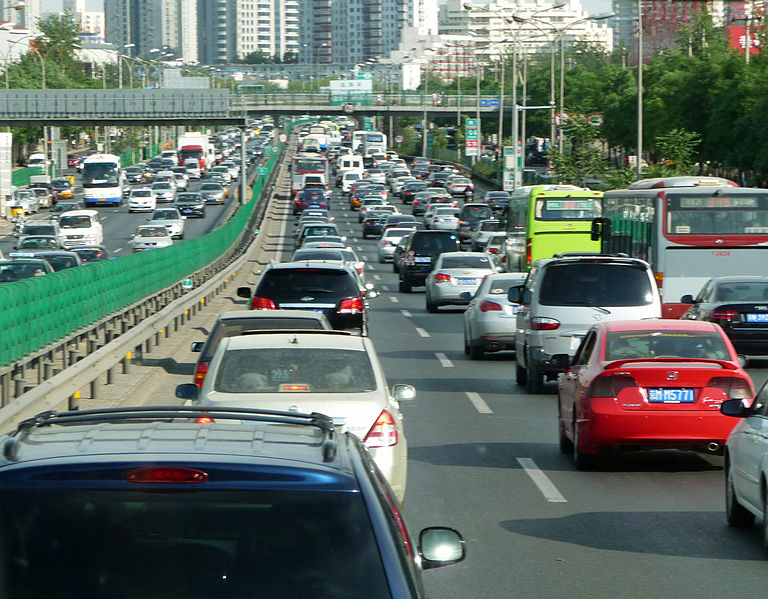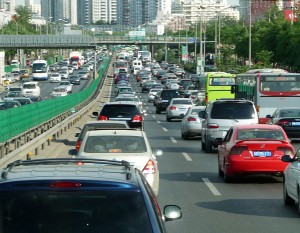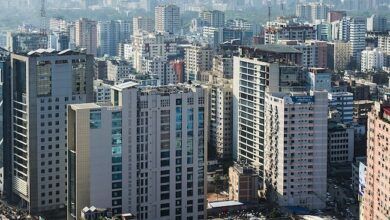
 Beijing the population of which has surpassed 20,6 million people is looking to curb explosive population growth by tackling complicated urban problems, the city mayor Wang Anshun was quoted saying.
Beijing the population of which has surpassed 20,6 million people is looking to curb explosive population growth by tackling complicated urban problems, the city mayor Wang Anshun was quoted saying.
“Becoming a modern international metropolis, Beijing is challenged by an urban disease which consists of a complex mixture of problems,” said Wang at the ongoing annual session of the Municipal People’s Congress, Beijing’s legislature. Wang made the statement while delivering a government report on January 16, as smog enveloped the city.
The New York times reported on Wednesday that the ‘airocalypse’, as it referred to smog, reached dangerous levels. The U.S. Embassy in the Chinese capital sent out warnings that the air quality level was above 500, upper limit of the measurement scale, what is considered dangerous for health. Due to the smog, four major highways closed were shut down by the city administration, including highways from Beijing to Shanghai, Daqing to Guangzhou, Beijing to Harbin and Beijing to Pinggu.
The city faces a development dilemma because of continuous traffic jams, insufficient resources, population growth and ever increasing smog problems. “We can not turn a blind eye, but take practical measures in mapping out the city’s keys functions, and optimize the allocation of resources,” said Wang. The city administration announced that industries will be restructured and service sectors will be upgraded to slow down the population growth and high density of population in the metropolis.
The employment policies in the city will be amended to curb the population growth. Beijing will implement a residence certificate system aimed at strengthening floating population registration and the overall service management system for its actual population, said the mayor.
Since 2000, Beijing’s permanent population reportedly increased by an average of nearly 600,000 annually to reach 20.69 million at the end of 2012, exceeding the planned target of keeping it at 18 million by 2020. Beijing’s population is about 2.6 times that of London and 2.5 times bigger than New York. The rapid population growth is usually and justifiably blamed for the city’s problems.
The Deputy Director of Beijing Municipal Commission of Urban Planning Wang Fei stated that the crux of the problem lied in its central area with the concentrated functions. Beijing’s downtown is a block of political, economic and cultural finctions with high quality public services and enterprises. Cheng Lianyuan, the official of Beijing’s Chaoyang District said that people will be moved by relocating public services and jobs to the outskirts of the city. That includes several small commodity markets and large scale hospitals away from the downtown area.
This is also likely to make 300 polluting companies to change and eliminate coal-burning boilers inside the capital’s fifth ring road, Xinhua agency reported.




